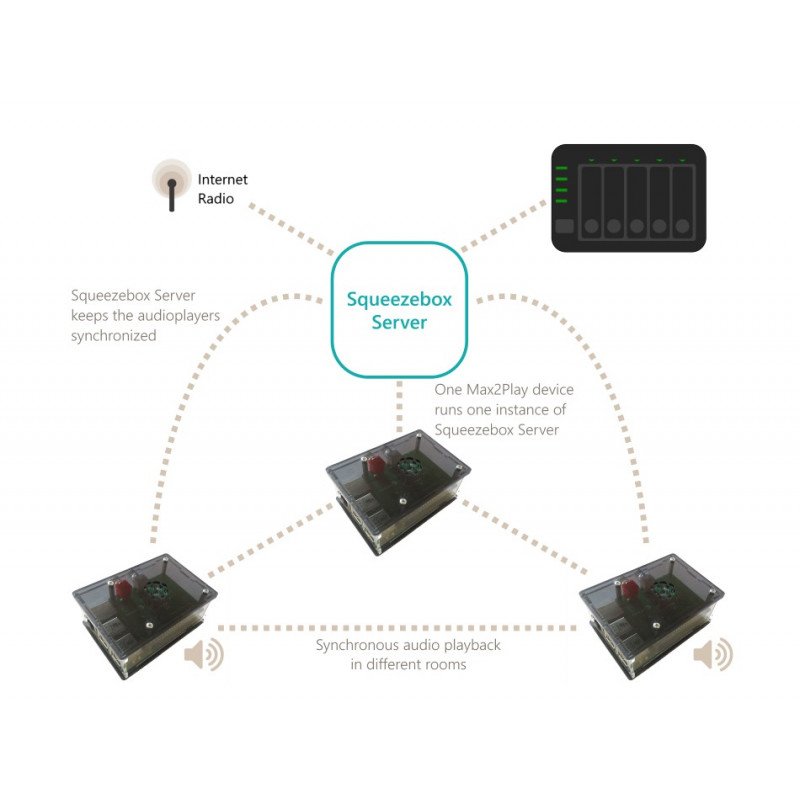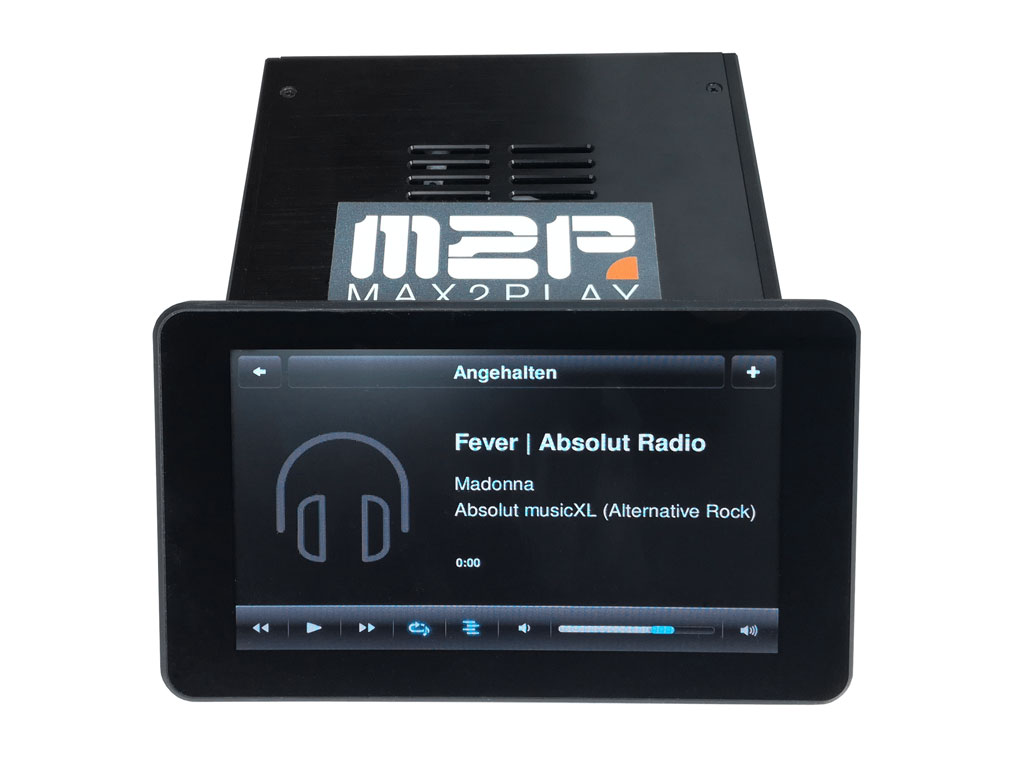

The PCF8574 is a silicon CMOS circuit provides general purpose remote I/O expansion (an 8-bit quasi-bidirectional) for most microcontroller families via the two-line bidirectional bus Pin 3 is GND on the GPS to GND on the Bus Pirate: Brown Wire Pin 5 and 6 are power and backup power, hook both those up to 3. Get something more suitable, like an ST-Link. 3volt pull-up resistors on 2 pins, but most … The Bus Pirate v3. To dump the flash memory from the chip, it must be powered by something. The ADJ pin is pin 4 on the adjustable-output version, but it is the BYP pin on the fixed-output versions. Lightweight software is made especially for mobile phones repair, eMMC memory chips replacement and user data recovery. 5 (mingw-vista special r3), little endian FTDI FT4232H Mini-Module. The Bus Pirate, created by Ian Lesnet and featured on Hack a Day, has a simple and effective operation – type commands into a terminal on your computer, and those commands are interpreted by the Bus Pirate and sent via the proper protocol. 6] : ID 237 - Interfacing a new microchip can be a hassle.

It is useful for debugging, reading memories, sniffing data, writing data…. To shift in a ‘0’ the keystrokes used by the BP are: _/_\. dat-rwxrwxrwx 1 root root 16K April 28 19:32 Different versions of the Bus Pirate have different pinout arrangements, so it’s important to make sure you pay attention to how pins are labeled.

Alternately, you can use a nifty device called a "Bus Pirate". Testing laptop battery: pinout, SMBus, charge capacity KuzyaTech.

As part of my GPS Logger project I needed to make sure that I could initialise and talk to a SD card over a SPI bus. Since this library supports only master mode, this pin should be set always as OUTPUT otherwise the SPI interface could be put automatically into slave mode by hardware, rendering the library inoperative. 3V) The Bus Pirate is designed for the fixed-output MIC5205 versions, specifically the MIC5205-3. In principle, such backpacks are built around PCF8574 (from NXP) which is a general purpose bidirectional 8 bit I/O port expander that uses the I2C protocol. There are also multiple companies which produce probe cables for the Bus Pirate, and each uses a different color scheme for their wires, Configuration¶. As usual we have added many new dumps and pinouts for I've found something that was looking like JTAG port, checked connections with ADSP-BF531 Analog Devices Blackfin CPU, and ordered the Bus Pirate, it has JTAG inside, among SPI, I2C, 1-Wire etc. As you may have guessed, each pin has a specific role, and you can use it only for that role.


 0 kommentar(er)
0 kommentar(er)
